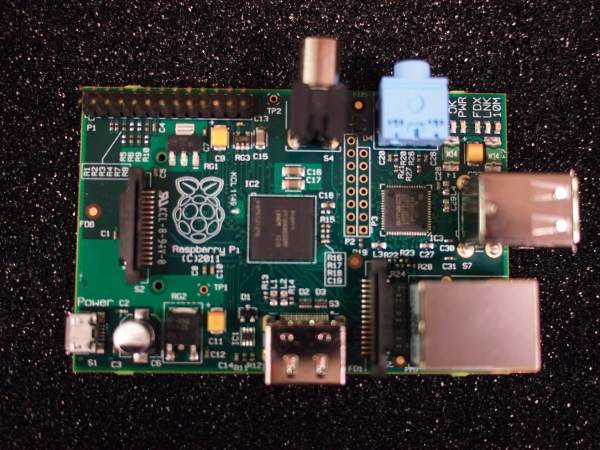The versatile $25-$35 Raspberry Pi has taken the developer and modder communities by storm in recent months.
Indeed, the bare-bones board currently powers a wide range of esoteric projects, including a model boat set to sail across the stormy Atlantic as well as a remote-controlled truck equipped with a night vision video camera capable of conducting “surveillance” missions.

Of course, the Pi also has plenty of mainstream uses, with many opting to use the board as a cheap media center PC. And why not? The device is more than capable of streaming video (on a hardware level), as it features a 700 MHz ARM11 processor, an SD card slot, HDMI output, USB and Ethernet ports.
However, while the Raspberry Pi ships with support for decoding H.264 video, it doesn’t support certain other popular video codecs out of the box, such as the MPEG-2 and VC-1 standards.
As Liliputing’s Brad Linder points out, this isn’t because the hardware can’t handle the above-mentioned formats, but rather, is due to the fact that developers didn’t want to drive up the price of the hardware by paying license fees.
Fortunately, the Raspberry foundation recently announced that anyone who wants support for those codecs can pay extra to enable them – with an MPEG-2 license available for $3.79 and VC-1 codec support priced at $1.90.
“When you buy the license, you’ll receive a download that’s tied to your Raspberry Pi device’s serial number,” explained Linder. “This makes the video format support available to those that want it, while keeping the overall price of the hardware low for those that don’t need it.”
In addition to the above-mentioned MPEG-2 and VC-1 standards, devs are also adding H.264 encoding support for free, with several popular media-centric operating systems for the Pi now offering CEC support. This allows users to control a Raspberry pi computer, an HDTV and other devices using a single IR remote control.






